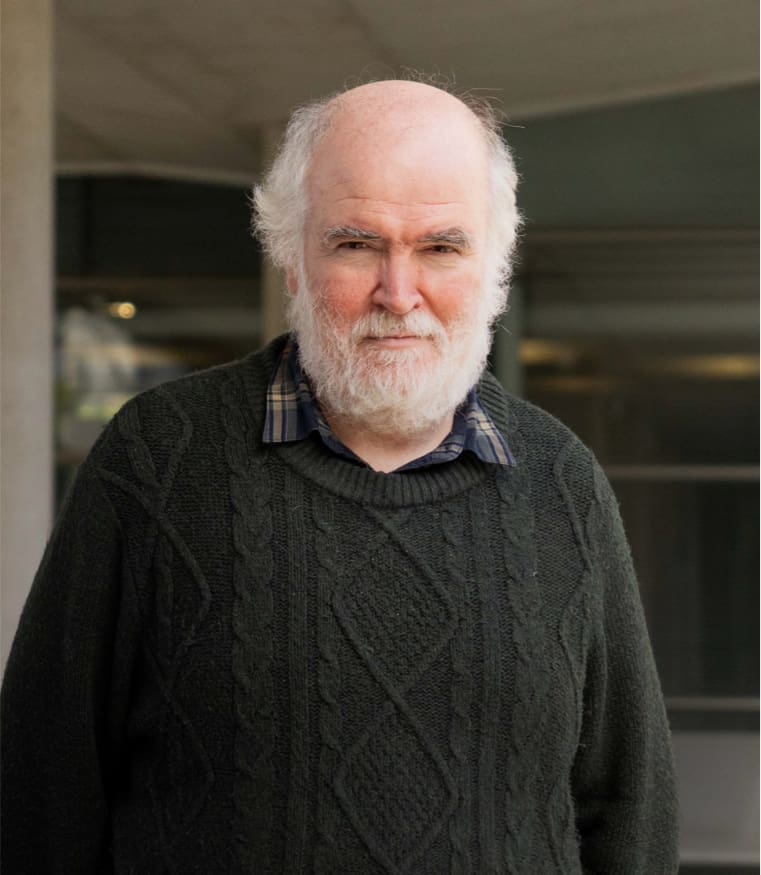Seeking the Optimal Descriptor for SN2 Reactions through Statistical Analysis of Density Functional Theory Results
Bimolecular nucleophilic substitution is one of the fundamental reactions in organic chemistry, yet there is still knowledge to be gained on the role of the nucleophile and the substrate. A statistical treatment of over 600 density functional theory (DFT)-computed barriers for bimolecular nucleophilic substitution at methyl derivatives (SN2@C) leads to the identification of numerical descriptors that best represent the entering and leaving ability of 26 different nucleophiles. The treatment is based on singular value decomposition (SVD) of a matrix of computed energy barriers. The current work represents the extension to a problem of reactivity of the hidden descriptor methodology that we had previously developed for the thermodynamic problem of bond dissociation energies in transition-metal complexes. The analysis of the results shows that a single descriptor is sufficient. This hidden descriptor has different values for nucleophilic and leaving abilities and, contrary to expectation, does not correlate especially well with either frontier molecular orbital descriptors or solvation descriptors. In contrast, it correlates with other thermodynamic and geometric parameters. This statistical procedure can be in principle extended to additional chemical fragments and other reactions.

Morán-González, L.; Besora, M.; Maseras, F.
J. Org. Chem. 2021, 87 (1), 363–372
DOI:
10.1021/acs.joc.1c02387

Let's create a brighter future
Join our team to work with renowned researchers, tackle groundbreaking
projects and contribute to meaningful scientific advancements



















